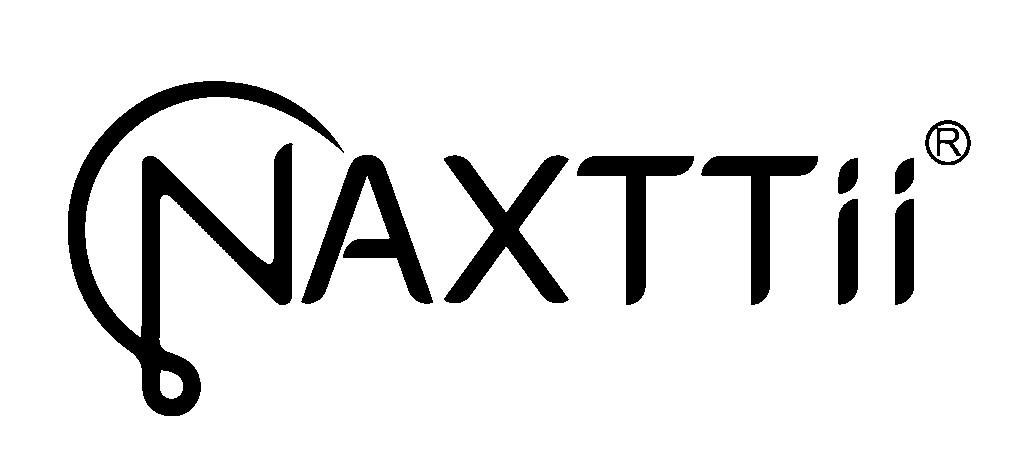Foods Rich in Methylfolate You Should Eat in 2025
Table of Contents
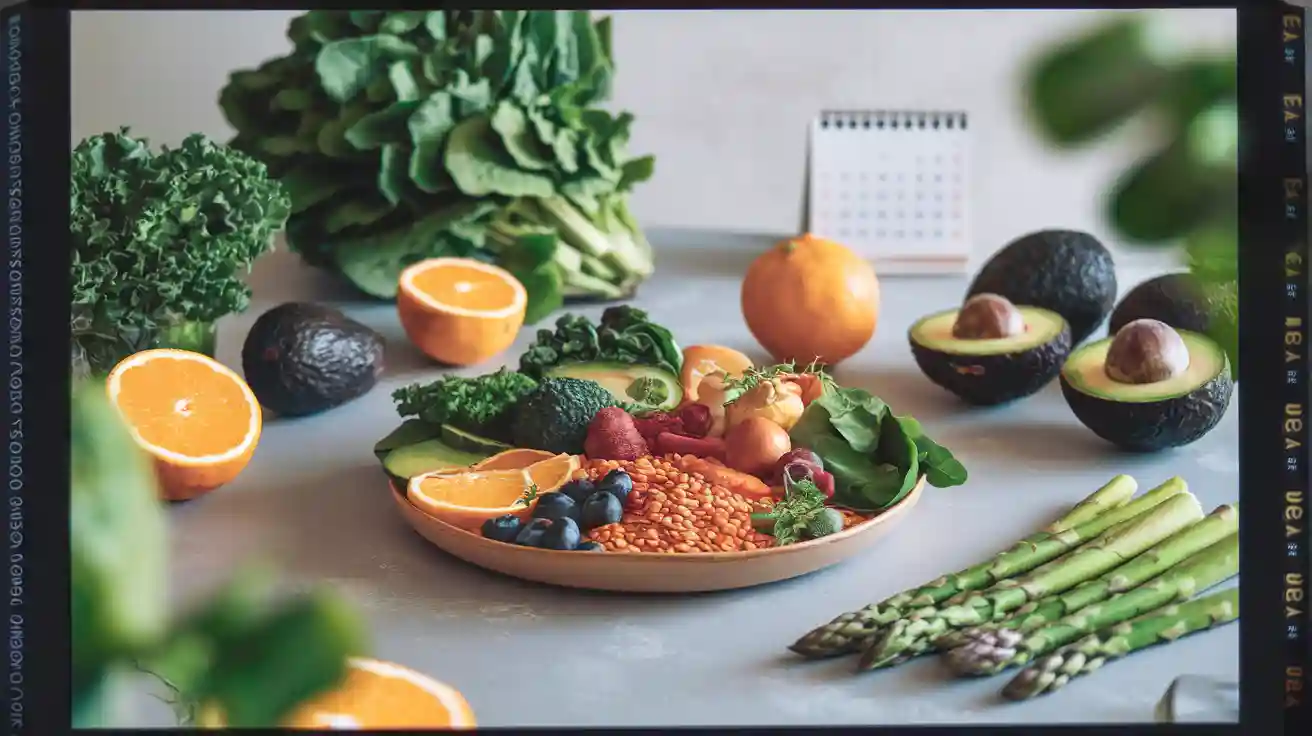
You need methylfolate to keep your mind sharp and your body strong in 2025. Check out these top foods rich in methylfolate:
| Food Item | Folate Content (mcg) |
|---|---|
| Spinach | 263 |
| Lentils | 358 |
| Avocado | 118 |
| Asparagus | 243 |
| Beets | 136 |
| Broccoli | 168 |
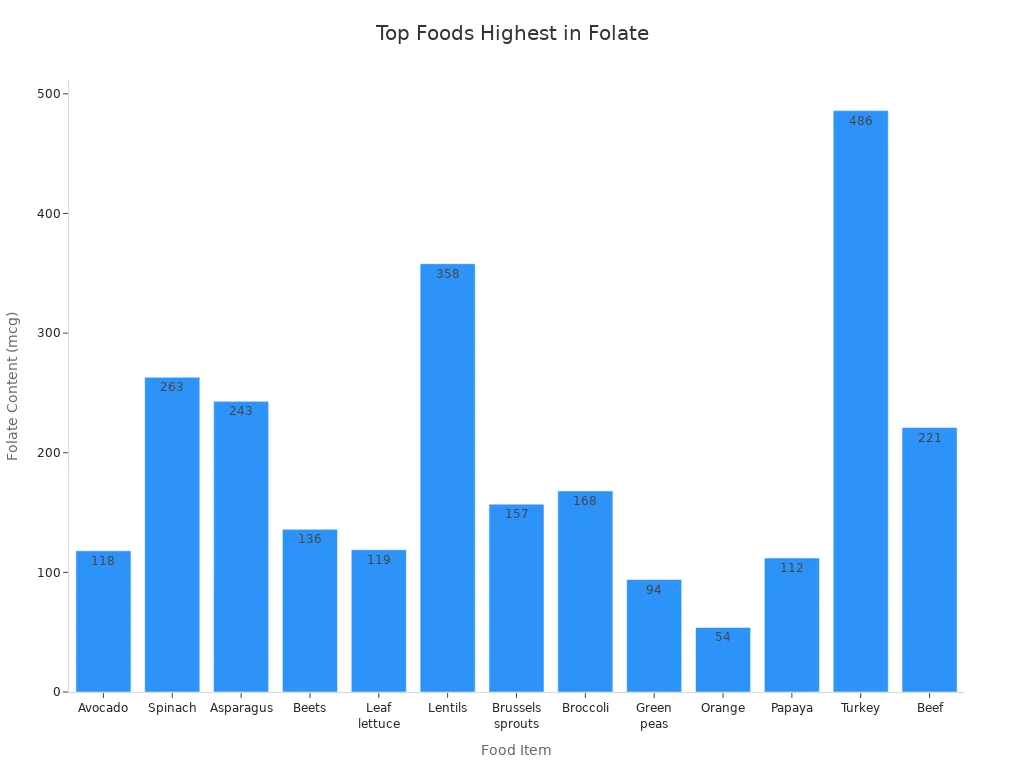
Adding these foods to your meals gives you more energy, better focus, and a stronger heart. Try a spinach salad or lentil soup for a simple health boost.
What Is Methylfolate?
Methylfolate is the active form of vitamin b9. Your body uses this form right away, so you get the benefits faster. Many people talk about vitamin b9, but not all forms work the same. You need methylfolate for your daily folate intake because it helps your cells grow and repair.
Methylfolate vs. Folic Acid
You might see both methylfolate and folic acid on food labels. They are not the same. Here’s how they differ:
- Methylfolate is the active form of b9. Your body can use it immediately.
- Folic acid is a synthetic form of vitamin b9. Your body must convert it before it works.
- Some people have a gene change called MTHFR. If you have this, your body cannot change folic acid into the active form easily.
- Methylfolate is better for people with this gene change because it skips the conversion step.
If you want to make sure you get enough b9, choosing foods with methylfolate helps your body right away.
Role in the Body
Vitamin b9 does a lot for you. Methylfolate helps your body make and repair DNA. It also helps your brain make important chemicals called neurotransmitters. These chemicals help you feel happy and focused. Methylfolate supports red blood cell production, which keeps your energy up and helps prevent anemia. It also helps your immune system stay strong.
Scientists say that vitamin b9 is key for cell growth and healthy development. It helps your cells divide and keeps your mitochondria working well. If you do not get enough b9, your body cannot work at its best.
Health Benefits
Brain and Mood
You want to feel sharp and happy every day. Foods with high folate content help your brain work better and keep your mood steady. When you eat enough methylfolate, your brain makes more neurotransmitters. These chemicals help you think clearly and feel good. If you do not get enough, you might feel tired or sad.
Recent studies show that adding methylfolate to your diet can help people with depression. Take a look at this table:
| Study Type | Findings |
|---|---|
| Double-blind, placebo-controlled trial | Adding l-methylfolate to therapy improved recovery in people with depression. |
| Retrospective analysis | Patients using l-methylfolate with antidepressants improved faster and stayed on treatment longer. |
| Randomized, double-blind trial | More people felt better in 30 days when they took l-methylfolate with their medicine. |
You can see that high folate content foods support your brain and mood. This is one of the top health benefits you get from eating these foods.
Heart and Circulation
Your heart needs care every day. Methylfolate helps lower homocysteine, a substance that can harm your blood vessels. High homocysteine links to heart problems. Eating foods with high folate content supports healthy blood flow and keeps your heart strong.
Check out these findings:
| Study Type | Results |
|---|---|
| Epidemiological | Higher folate means lower homocysteine, which lowers heart risk. |
| Randomized Controlled Trial | Methylfolate supplements cut homocysteine by 30% and LDL cholesterol by 7.5%. |
These health benefits make a big difference for your overall health. When you choose foods with high folate content, you help your heart and circulation.
Pregnancy and Growth
If you are pregnant or planning to be, you need enough methyl folate during pregnancy. This vitamin supports your baby’s brain and spine as they grow. Doctors say that high folate content in your diet can prevent birth defects.
- Folate is key for healthy fetal growth.
- Enough folate stops neural tube defects.
- L-methylfolate works well for women with certain genes.
- The World Health Organization says women should get 400 micrograms of folate every day.
Kids and older adults also need high folate content for growth and repair. Methyl folate for children and seniors helps keep cells healthy and supports overall health. When you eat foods rich in folate, you get the health benefits of methyl folate for every stage of life.
Top Foods Rich in Methyl Folate
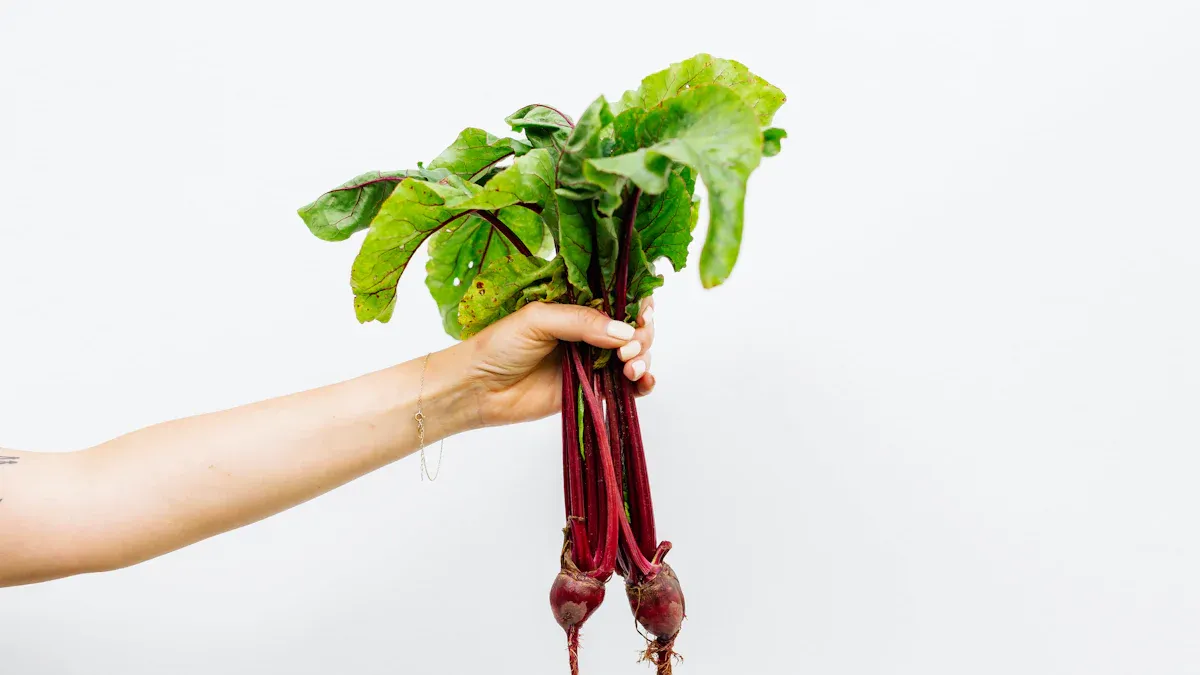
You want to get the most out of your meals, so let’s look at the top foods rich in methyl folate. These foods give you a big boost of this important nutrient. You can find them in many grocery stores and add them to your daily meals with ease.
Spinach
Spinach is one of the best foods rich in methylfolate. You get a lot of nutrition in every bite. One cup of cooked spinach gives you about 263 micrograms of folate. This leafy green also has iron, vitamin K, and vitamin C. You can eat spinach raw in salads, blend it into smoothies, or cook it in omelets and pasta. Try adding a handful of spinach to your sandwich or wrap for a quick upgrade. Steaming spinach helps keep most of its methylfolate, while boiling can lower the amount.
Asparagus
Asparagus stands out among methyl folate foods. One cup gives you about 268 micrograms of methylfolate. That’s a big chunk of your daily needs. Asparagus also has fiber, vitamin A, and vitamin C. You can steam, roast, grill, or boil asparagus to keep its nutrients. Steaming and roasting work best to keep the methylfolate high. You can add asparagus to casseroles, soups, stir-fries, or pasta dishes. It tastes great with a squeeze of lemon or a sprinkle of parmesan.
Tip: Steaming asparagus keeps more methylfolate than boiling. Try roasting for a tasty side dish!
Romaine Lettuce
Romaine lettuce is a crisp and refreshing choice. It gives you 56 micrograms of methylfolate per 100 grams. While it has less than spinach, it still helps you reach your daily goal. Romaine lettuce is perfect for salads, wraps, or as a crunchy topping for tacos. You can use it as a base for a colorful salad with tomatoes, cucumbers, and grilled chicken.
| Leafy Green | Methylfolate Content (µg per 100 g) |
|---|---|
| Romaine Lettuce | 56 |
| Spinach | 172–177 |
| Iceberg Lettuce | 30–43 |
| Frillice Lettuce | 48–112 |
| Butterhead Lettuce | 71 |
Avocado
Avocado is creamy, filling, and packed with nutrition. In 100 grams, you get 81 micrograms of folate, which is about 20% of your daily value. Avocado also gives you potassium, fiber, and healthy fats. You can slice avocado on toast, mash it for guacamole, or add it to salads and smoothies. It supports your heart and reproductive health, too.
| Nutrient | Amount per 100g |
|---|---|
| Folate | 81 mcg (20% DV) |
| Potassium | High |
| Monounsaturated Fats | High |
| Fiber | High |
Try adding avocado to your breakfast for a creamy boost of methylfolate.
Broccoli
Broccoli is a superstar among foods rich in methylfolate. One cup of cooked broccoli gives you 168 micrograms of folate. Broccoli also has vitamin C, fiber, and antioxidants. Steaming broccoli keeps most of its methylfolate, while boiling can cut the amount by more than half. You can eat broccoli raw with dip, steam it for a side, or toss it into stir-fries and pasta.
- Broccoli: 168 μg folate per cup (cooked)
- Steaming keeps folate high
- Boiling can lower folate by up to 56%
Brussels Sprouts
Brussels sprouts are tiny cabbages packed with methylfolate. You get about 78 micrograms per half-cup cooked. Brussels sprouts also have vitamin K, vitamin C, and fiber. You can roast them with olive oil, steam them, or shred them into salads. Roasting brings out a sweet, nutty flavor that even picky eaters enjoy.
Black-Eyed Peas
Black-eyed peas are a great plant-based source of methylfolate. One cup cooked gives you about 358 micrograms of folate. They also have protein, fiber, and iron. You can add black-eyed peas to soups, stews, or salads. Try mixing them with tomatoes, onions, and herbs for a quick bean salad.
Lentils
Lentils are one of the top foods rich in methyl folate. Just a small serving gives you almost half your daily value. Lentils also have copper, biotin, and manganese. You can cook lentils in soups, stews, or curries. They make a hearty base for salads and grain bowls. Lentils cook quickly and don’t need soaking, so they’re easy to add to your meals.
| Nutrient | Amount per 1/5-cup serving | % Daily Value |
|---|---|---|
| Folate (Vitamin B9) | 47% | 47% |
| Copper | 33% | 33% |
| Biotin (Vitamin B7) | 30% | 30% |
| Manganese | 24% | 24% |
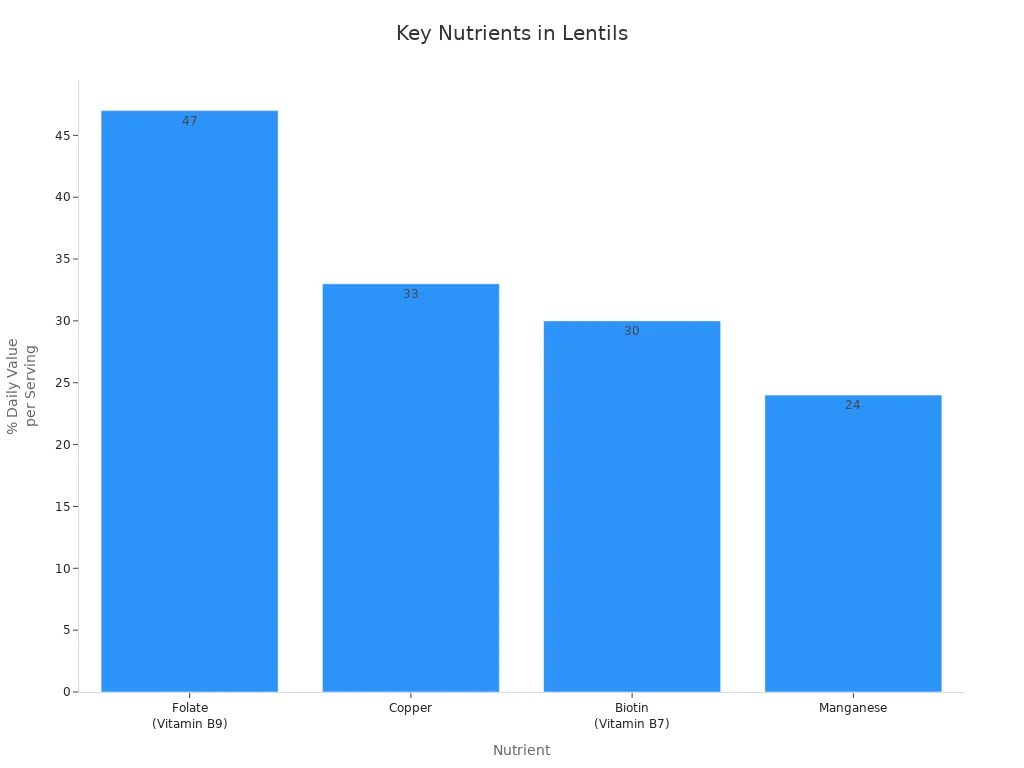
Lentils are easy to cook and go well in soups, salads, and even tacos.
Oranges
Oranges are a sweet way to get more methylfolate. One medium orange gives you about 40 micrograms of folate. Oranges also have vitamin C, which helps your body use folate better. You can eat oranges as a snack, add slices to salads, or blend them into smoothies. Orange juice is another option, but whole oranges give you more fiber.
Beets
Beets are colorful and full of methylfolate. Fresh beets have between 750 and 1290 micrograms per serving. Canned beets can have even more, up to 3337 micrograms. You can roast, steam, or ferment beets. Fermentation can double the folate in beets and keep up to 75% of it. Try adding beets to salads, roasting them with carrots, or making beet hummus.
| Type of Beetroot | Folate Content (µg) |
|---|---|
| Fresh Beetroot | 750–1290 |
| Canned Beetroot | 2600–3337 |
Fermented beets are a tasty way to boost your folate and support gut health.
These top foods rich in methyl folate make it easy to get what your body needs. You can mix and match them in salads, soups, and snacks. When you eat a variety of these foods rich in methylfolate, you help your brain, heart, and energy levels every day.
Other Folate-Rich Foods
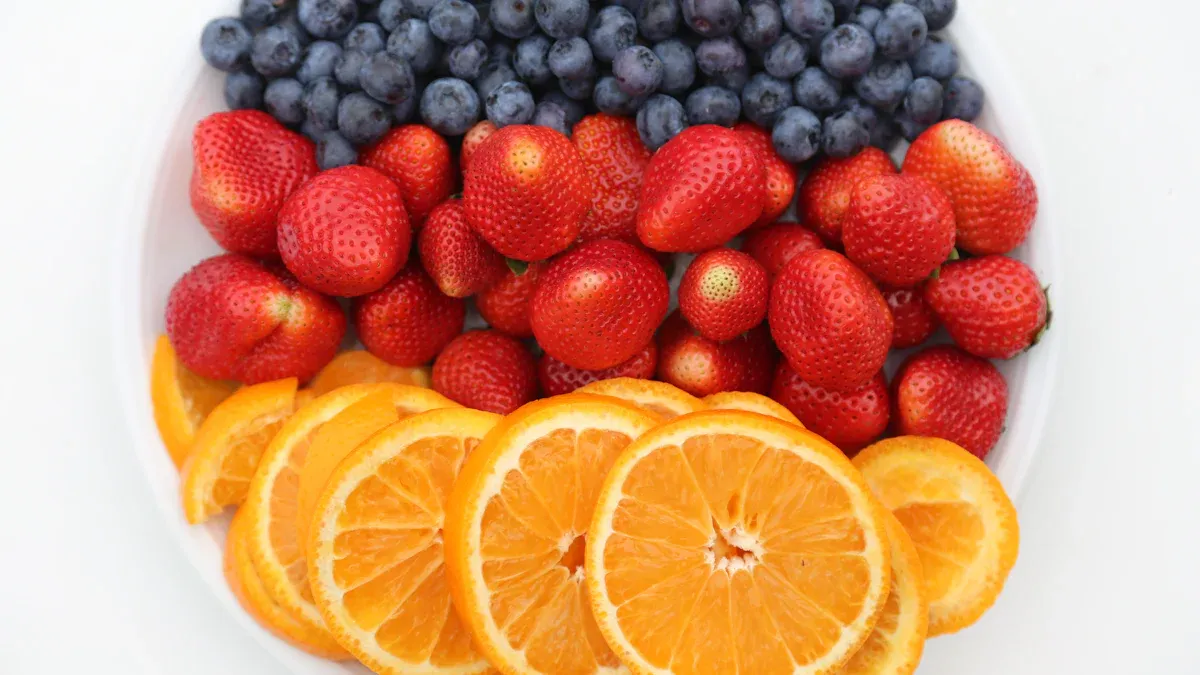
Kale
Kale packs a punch when it comes to folate-rich foods. You get a boost of vitamins and minerals in every bite. Toss kale into salads, blend it into smoothies, or bake it for crunchy chips. This leafy green also gives you vitamin C and fiber.
Strawberries
Strawberries taste sweet and help you get more folate. They are a natural source of L-methylfolate, which is great if you have trouble processing folic acid. Add strawberries to your breakfast, yogurt, or snack on them fresh. Eating these berries supports your body’s folate needs.
Chickpeas
Chickpeas give you about 142 mcg of folate per cup. You can use them in many ways:
- Add to salads
- Stir into soups
- Make hummus
- Roast for a crunchy snack
- Shape into veggie burgers or tacos
White Beans
White beans are another smart choice. They contain folate in several forms. If you sprout them, you increase the total folate by up to four times and boost the L-methylfolate content. Sprouting also adds vitamin C, which helps keep folate stable.
Eggs
Eggs are easy to add to your meals. The main form of folate in eggs is 5-methyltetrahydrofolate, which stays stable when you boil them. Organic eggs keep up to 93% of their folate, so you get the most benefit.
Liver
Liver is one of the most folate-rich foods you can eat. It helps your body make DNA and supports liver health. Doctors suggest eating liver only if you need more folate, since too much can be harmful.
Wheat Germ
Wheat germ is a tiny part of the wheat kernel, but it is full of nutrients. Sprinkle it on cereal, yogurt, or smoothies for a folate boost.
Nuts and Seeds
Nuts and seeds are easy snacks that give you extra folate. Try almonds, sunflower seeds, or peanuts. You can add them to salads, oatmeal, or eat them by the handful.
Fermented Foods
Fermented foods like sauerkraut, kefir, and kombucha can almost double their folate content during fermentation. Some kombucha brands offer half your daily folate in one serving. Fermentation also helps your body use the folate better.
Sprouted Legumes
Sprouted legumes, such as mung beans, lentils, and chickpeas, are top folate-rich foods. Sprouting boosts their folate and vitamin C levels. Add them to salads, wraps, or stir-fries for a fresh crunch.
Adding Methyl Folate Foods to Your Diet
Meal Ideas
You can make eating methyl folate foods easy and fun. Try starting your day with a green smoothie. Just blend spinach, kale, avocado, and orange juice. This drink gives you a big boost of folate and vitamin C. For lunch, toss together a salad with romaine lettuce, beets, chickpeas, and sliced strawberries. Add a hard-boiled egg for extra nutrition. Dinner can be simple too. Make a lentil soup or a stir-fry with broccoli, asparagus, and sprouted mung beans. You can even snack on roasted chickpeas or a handful of nuts and seeds.
Tip: Fermented foods like sauerkraut or kimchi go well with salads and bowls. They add flavor and help your body use folate better.
Cooking Tips
You want to keep as much methyl folate in your food as possible. Use gentle cooking methods like steaming or roasting. Boiling can lower the folate content, so try to avoid it when you can. Pair your folate-rich foods with vitamin C sources, such as oranges, strawberries, or bell peppers. This combo helps your body absorb more folate. Sprouting beans and legumes at home is easy. Just soak them overnight and let them sit in a jar for a few days. You will see tiny sprouts, and the folate content will rise.
Incorporating methyl folate into your diet does not have to be hard. Small changes, like adding a handful of greens to your meals or choosing sprouted foods, can make a big difference.
Absorption and Bioavailability
Factors Affecting Absorption
You want your body to get the most out of the methylfolate in your food. Some things help your body absorb it better, while others can make it harder. Cooking methods matter a lot. Steaming and roasting keep more methylfolate in your veggies. Boiling can wash some of it away. Pairing folate-rich foods with vitamin C, like oranges or bell peppers, helps your body use the folate more easily.
Your gut health also plays a big role. If your stomach and intestines work well, you absorb more nutrients. Drinking enough water and eating fiber-rich foods support your gut. Some medicines, like antacids or certain antibiotics, can lower how much folate you absorb.
Here’s a quick list to boost absorption:
- Steam or roast veggies instead of boiling
- Eat foods with vitamin C 🍊
- Keep your gut healthy with fiber and water
- Watch out for medicines that block folate
Tip: Try a salad with spinach, strawberries, and lemon juice for a tasty folate and vitamin C combo!
Special Considerations
Some people need to pay extra attention to methylfolate. If you have the MTHFR gene variant, your body may not use folic acid well. You should focus on natural methylfolate from foods. Pregnant women, older adults, and people with digestive issues often need more folate.
Check with your doctor if you:
- Take long-term medication
- Have trouble with digestion
- Are pregnant or planning to be
A simple blood test can show if you need more folate. Eating a variety of methylfolate-rich foods helps most people stay healthy.
Eating foods rich in methylfolate helps you stay sharp and energized in 2025. Mix raw and gently cooked veggies for the best results. Try adding one new food each week.
Tip: Talk with your doctor before making big diet changes. Small steps lead to lasting health!
FAQ
What is the best way to keep methylfolate in my food?
Steaming or roasting veggies keeps more methylfolate. Boiling can wash some away. Try to eat some foods raw for the biggest boost.
Can I get enough methylfolate from food alone?
Yes, you can! If you eat a mix of leafy greens, beans, fruits, and eggs every day, you usually get enough methylfolate.
Do I need a supplement if I eat these foods?
Most people do not need a supplement. If you have special health needs, talk to your doctor before taking extra methylfolate.

Poseidon
Master of Nutritional Epidemiology, University of Copenhagen, Herbal Functional Nutrition Researcher
Focus: The scientific application of natural active ingredients such as Tongo Ali, Horny Goat Weed, and Maca to sexual health and metabolic regulation.
Core Focus:
Men: Use a combination of Tongo Ali (an energizing factor) + Maca (an energy reserve) to improve low energy and fluctuating libido.
Women: Use a combination of Horny Goat Weed (a gentle regulator) + Maca (a nutritional synergist) to alleviate low libido and hormonal imbalances.
Stressed/Middle-Aged Adults: This triple-ingredient synergy supports metabolism, physical strength, and intimacy.
Product Concept:
Based on traditional applications and modern research (e.g., Tongo Ali promotes testosterone-enhancing enzyme activity, and icariin provides gentle regulation), we preserve core active ingredients and eschew conceptual packaging—using natural ingredients to address specific needs.
Simply put: I'm a nutritionist who understands "herbal actives." I use scientifically proven ingredients like Tongo Ali, Epimedium, and Maca to help you make "sexual health" and "nutritional support" a daily routine.
